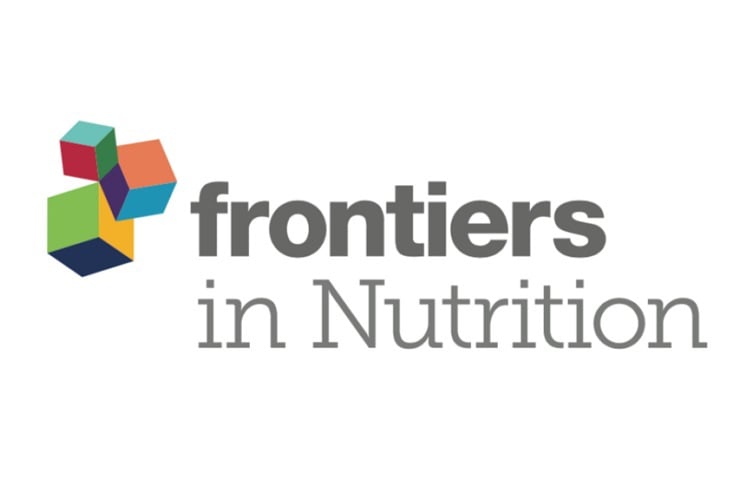Protein Digestion Kinetics Influence Maternal Protein Loss, Litter Growth, and Nitrogen Utilization in Lactating Sows
- 1State Key Laboratory of Animal Nutrition, China Agricultural University, Beijing, China
- 2Adaptation Physiology, Wageningen University and Research, Wageningen, Netherlands
- 3Trouw Nutrition R&D, Amersfoort, Netherlands
P. Langendijk, Yujun Wu, Yu Bai, Dongdong Lu, Greg Page, Bas Kemp, Dandan Han, Nicoline M. Soede, Junjun Wang

Abstract
Body protein losses in lactating sows have a negative impact on sow and litter performance. Improving dietary amino acid utilization may limit protein mobilization. The effects of dietary protein kinetics on sow body condition loss, blood plasma metabolites, and plasma insulin-like growth factor-1 (IGF-1), and also on litter gain during lactation, were investigated in this study. In total, 57 multiparous sows were fed one of three lactation diets with the same crude protein level: low level of slow protein diet (LSP) (8% slowly degradable protein of total protein), medium level of slow protein diet (MSP) (12% slowly degradable protein of total protein), or high level of slow protein diet (HSP) (16% slowly degradable protein of total protein) in a complete block design. Our results showed that HSP sows lost the least body weight compared to MSP and LSP sows (11.9 vs. 17.3 and 13.5 kg, respectively; p = 0.01), less body protein than MSP sows (1.0 vs. 2.1 kg; p = 0.01), and tended to lose less loin muscle thickness than LSP sows (1.7 vs. 4.9 mm; p = 0.09) between Day 2 to Day 21 post-farrowing. LSP sows had greatest plasma urea level on Day 6 than MSP and HSP sows (4.9 vs. 3.6 and 3.1 mmol/L, respectively; p < 0.01) and on Day 13 (5.6 vs. 4.1 and 3.7 mmol/L, respectively; p < 0.01). HSP sows had the lowest plasma urea level at Day 20 compared to LSP and MSP sows (4.0 vs. 5.5 and 4.9 mmol/L, respectively; p < 0.01). The average plasma urea level of Days 6, 13, and 20 post-farrowing was negatively correlated with slow protein intake (r = −0.49, p < 0.01). Litter gain, milk composition, and nitrogen output to the environment did not differ significantly among the treatment groups. Therefore, the dietary protein kinetics affected mobilization of maternal reserves in multiparous sows during lactation, with a high fraction of slow protein-sparing protein mobilization.
Keywords:
- lactating sow
- weight loss
- litter performance
- protein digestion kinetics
- protein utilization
 Hao Ye
Hao Ye Pieter Langendijk
Pieter Langendijk Neil W. Jaworski3,
Neil W. Jaworski3,  Yu Bai
Yu Bai Dongdong Lu
Dongdong Lu Greg Page
Greg Page Bas Kemp
Bas Kemp Dandan Han
Dandan Han Nicoline M. Soede
Nicoline M. Soede Junjun Wang
Junjun Wang